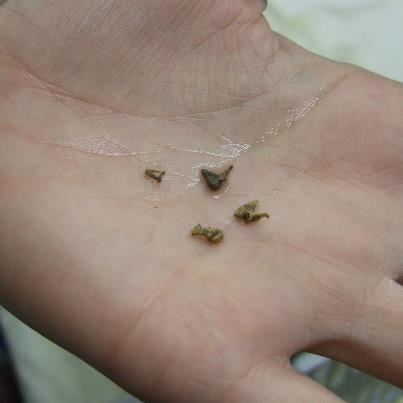

I love my Brooks dearly, especially the 1 3/4 cwt. Magnets and chain help, but I'd still say wear ear defenders. I use Brooks (or Brooks Vaughn) cast steel anvils and of the four I have they all ring like bells. If you really want to know the *DETAILS* go to the public library and ILL a copy of "Anvils in America", Postman and you will learn a lot of details indeed. Then there were some with a wrought iron base with a cast steel upper section and some with a cast steel lower section with a traditional upper section IIRC. They may suffer from edge chipping and so profit by rounding the edges if you get an unused one.įorged Anvils: the old ones were built up out of wrought iron forge welded together with a steel face forge welded onto them.

The MOB bought a cast iron HF ASO once and converted it into a propane stove by *lots* of drilling-it was dead soft and seemed to have more graphite than iron in it!Ĭast Steel makes a dandy anvil most modern made anvils go this way, and several brands of traditional anvils did so as well: Sodofors, Columbian, etc. They both are *quiet* anvils as they don't ring as much as THWAP, very handy for working in a basement or in areas with near neighbors. Sound waves enter through the outer ear, move into the middle ear, and finally reach the inner ear and its intricate network of nerves, bones, canals, and cells.Cast iron makes terrible anvils, I've owned one due to mischance-had my *real* anvil stolen right before a day long demo at a museum and it would dent *under* the metal I was hammering on.ĮXCEPT there are a couple of brands of old anvils that had a tool steel face and a cast iron body, these range in quality as well with Fisher's being a GREAT anvil to Vulcans being on the lower end. Hair cells inside the organ of Corti detect sound and send the information through the cochlear nerve. Inside the cochlear duct is the main hearing organ, the spiral shaped organ of Corti. The snail-like cochlea is made up of three fluid-filled chambers that spiral around a bony core, which contains a central channel called the cochlear duct. The cochlea, the hearing organ, is located inside the inner ear. There are two main sections within the inner ear: the bony labyrinth and the membranous labyrinth.

The inner ear is called the labyrinth because of its complex shape. A bony casing houses a complex system of membranous cells.


 0 kommentar(er)
0 kommentar(er)
